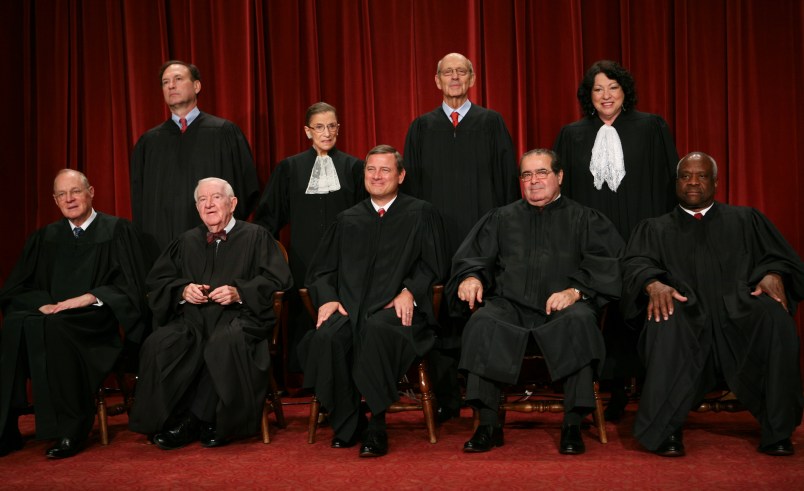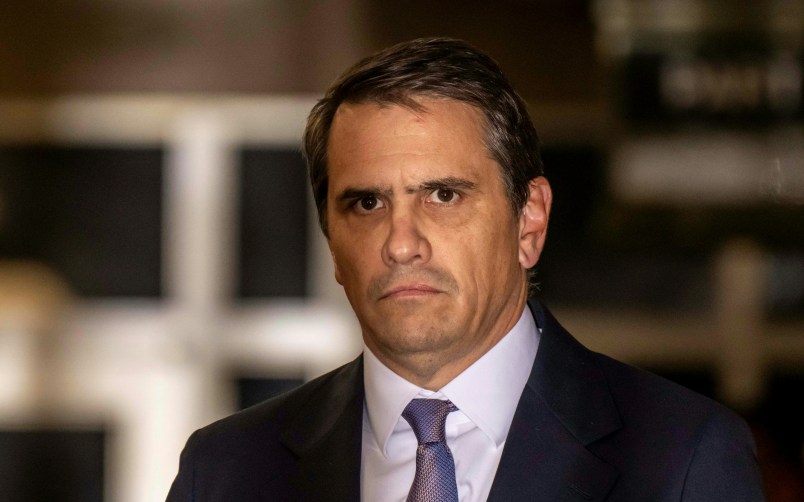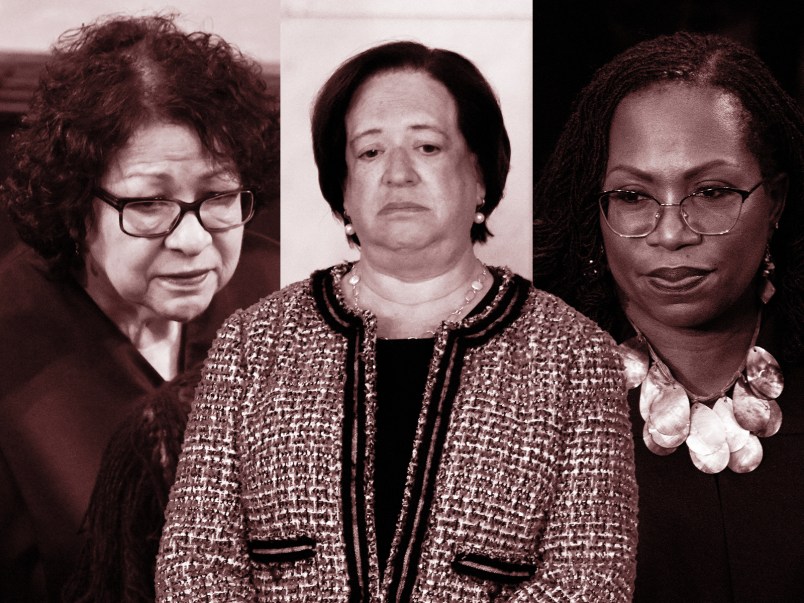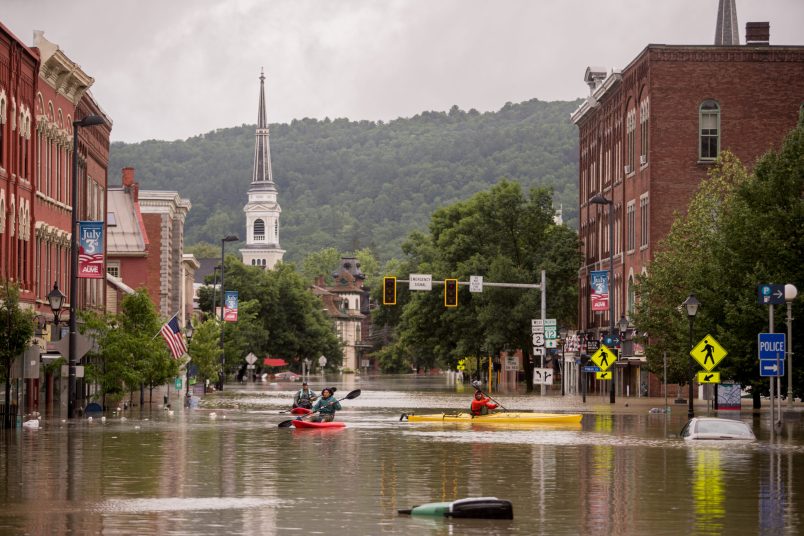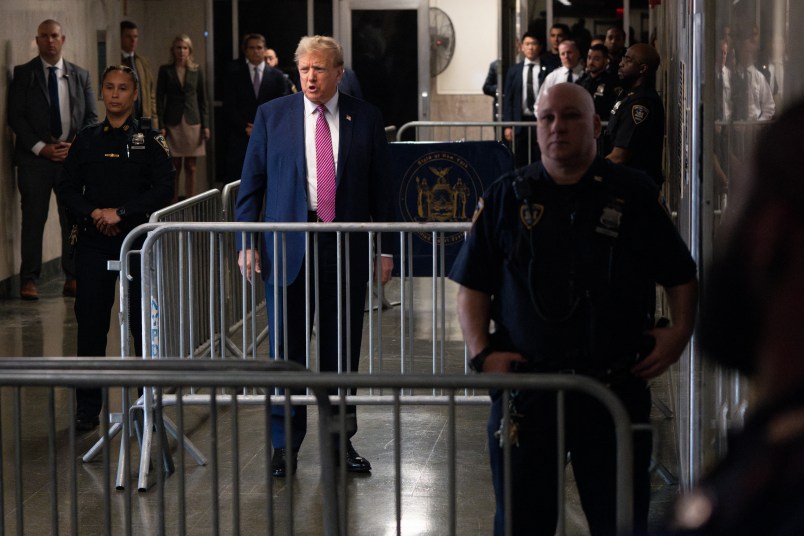Last week, C-SPAN ran a “Supreme Court Week” documentary series, featuring a behind-the-scenes look at the nation’s highest court, as well as interviews with all of the Justices.
The documentary, called
“The Supreme Court: Home To America’s Highest Court,” boasts interviews with all 11 living current and former justices, as well as with former clerks and attorneys who have argued before the court.
Some highlights:
-Justice Antonin Scalia, who is commonly called “Nino” by the other justices, comments on the socially divisive issues the court rules on: “I don’t think we’re a leader of social causes. We’re not pushing the society ahead. We are supposed to be interpreting the laws that the people have made.”
He continued: “But in this job — it’s garbage in, garbage out. If it’s a foolish law, you are bound by oath to produce a foolish result because it’s not your job to decide what is foolish and what isn’t. It’s the job of the people across the street.”
-Says Justice Samuel Alito: “I think the public and the media tend to, understandably, to focus very heavily on the most controversial cases, but those are just one part of our docket and most of our cases, for example don’t involve interpretation of the Constitution and most of them don’t involve hot button issues.”
-The subject of retiring is always compelling for Justices who have lifetime appointments. 89-year old Justice John Stevens’ retirement has been of particular focus recently, and though he does not directly comment on any pending retirement, he does recount an incident early on in his tenure on the court when he asked a clerk to prepare a memorandum on the ages of all his predecessors to determine when the best age would be for him to retire. “Well,” he says, “I didn’t follow that recommendation.”
-Former Justice Sandra Day O’Connor, the first female justice to serve on the court, comments that “when I retired, I was not replaced then by a woman, which gives one pause to think, ‘Oh, what did I do wrong that led to this?'”
-O’Connor’s fears have recently been allayed with the appointment of Justice Sonia Sotomayor, who, in her interview, addresses the recent media criticism regarding the number of questions she asked in her first hearing (some have observed that this has exceeded the number of questions Clarence Thomas has asked over a number of years): “Something most people will learn about me, I get so intensely engaged in argument that it’s never fake. Every question I ask has a purpose, it has some importance to something that is troubling me or that I’m curious about and so no it wasn’t fake.”
-Chief Justice John Roberts confessed that he can use a computer, but prefers to write in longhand because he never really learned how.
-Justice Clarence Thomas describes an incident in Gettysburg when a man came up to him and asked him to sign an opinion Thomas had written. It was a maritime commission case. Thomas asked, “Why are you even reading this opinion?”
-Thomas also describes the way his tenure on the Supreme Court has affected his personal life: “The anonymity is gone. That is probably, or was probably one of the
more difficult things to accept, the sort of lost anonymity, the ability to walk down the Mall
unnoticed or to go to Home Depot.”
-Though in some respects he agrees with this, Chief Justice John Roberts puts his role on the court in perspective: “If we have 1,000 lawyers and the law professors and said, ‘Who is Morrison Waite?’ And one of them would – maybe a couple of them — would know. And that’s a good lesson. You know the job doesn’t give you a prominent role or historical significance just because you hold the job.”
-Perhaps the most revealing comment, though, came from Justice Scalia: “I’m sure we could do our work without the robes…we could sit in a bus station and not wear robes but just business suits or even tank tops, but I don’t think that creates the kind of image that you want for the Supreme Court of your country.”
Watch the full documentary and read the interview transcripts here.





